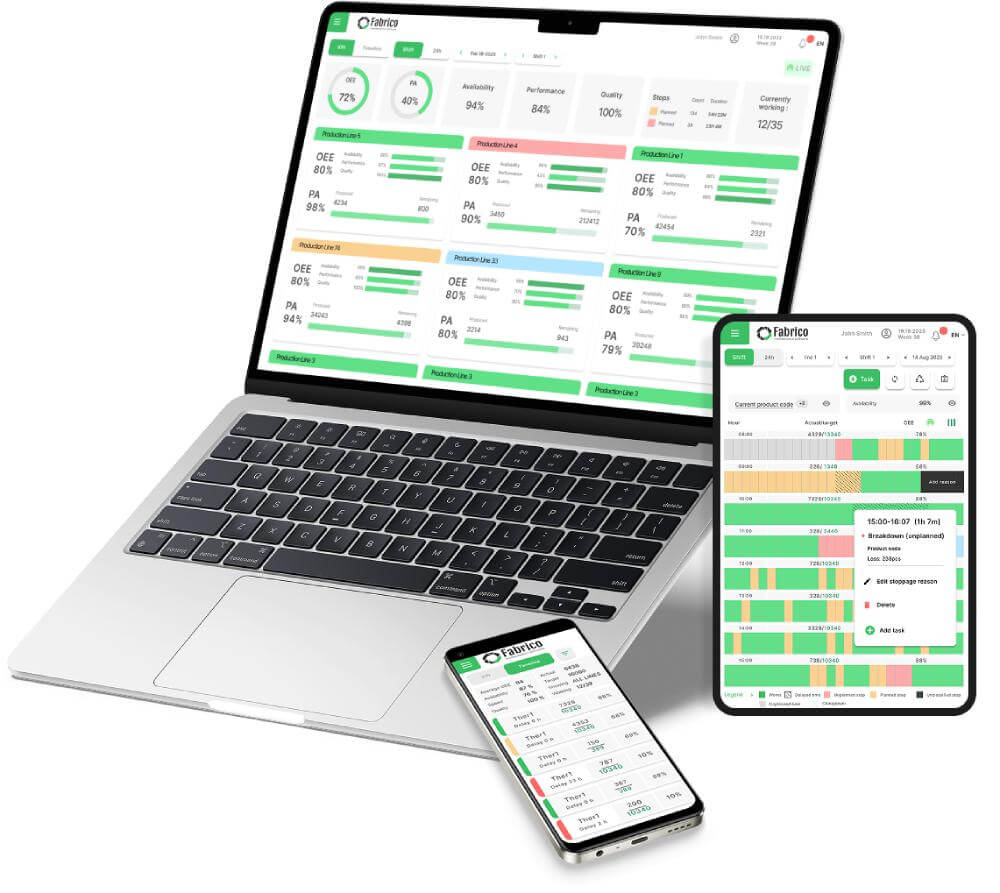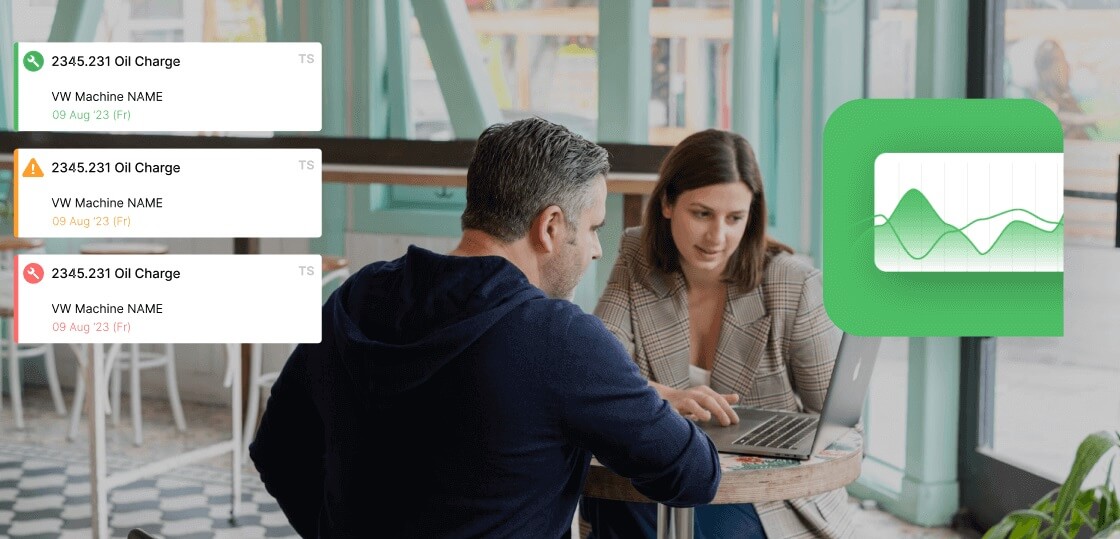his front is about preventing stops from happening in the first place and systematically shrinking the time lost to planned stops.
Cure Planned Stops with Standardized Work
The Diagnosis: Your OEE data shows that your changeovers—a major source of planned downtime—are inconsistent and taking 30% longer than the standard time.
The Cure: Use your CMMS to attach digital checklists, SOPs, and setup instructions directly to the changeover work order.
This ensures the process is repeatable and consistent every single time, systematically shrinking that planned downtime window and making your schedule more predictable.
Cure Unplanned Stops with Data-Driven Maintenance
The Diagnosis: Your historical OEE data provides an undeniable Pareto chart of your worst-offending assets and your most common failure modes (e.g., "Motor Overheating on Press #3" is your #1 cause of downtime).
The Cure: This data is the fuel for a world-class maintenance strategy. Use this insight to move beyond generic, calendar-based PMs.
You can optimize your PM schedule in the CMMS to increase inspection frequency on that specific motor, or create a new task to check its lubrication weekly. This converts your maintenance team from reactive firefighters into proactive reliability experts.
Take a live tour with a product expert






